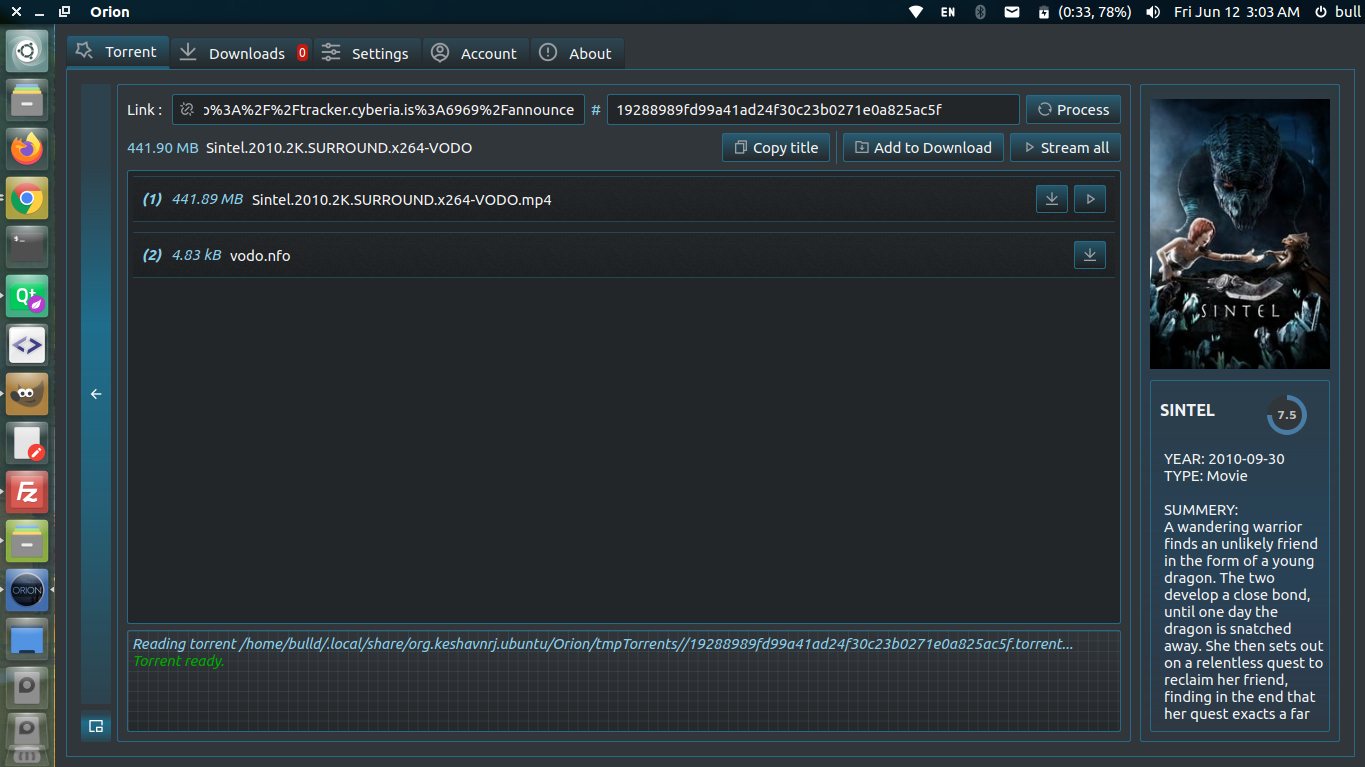

Also consider the concept of "small data" as opposed to "big data" in this context 7. Not only that, but as the amount of digital content grows, BitTorrent is a scalable way of pushing out content. It does not change anything you know and love about digital libraries and online collectionsit just delivers content faster and more efficiently by bypassing network bottlenecks through the utilization of "client" systems 6.Īdapting BitTorrent technology to suit the needs of libraries provides several opportunities outside this context (discussed in the next section of this article) but the important point to consider in all cases is for BitTorrent's ability to suit the needs of all types of data in a network-enabled environment. Be aware that the adoption of BitTorrent should not be viewed as a replacement for a catalog but rather as an inherently multiplatform TCP/IP based data service that operates at the "data link layer" 5.

The web-based BitTorrent Tracker interface has much in common with a typical online library catalog. Introducing BitTorrent into your library's information ecosystem is not only a potential cost saver, but the first step toward building an online data community as well. That is, the fundamental shift which takes place between library and patron in this data exchangethe "invisible" transaction taking place between the end user's computer hardware, monthly Internet and electric bill, and your collection's total bandwidth capability.
/cdn.vox-cdn.com/assets/2308139/btlive.jpg)
Separating the technology from the misinformation that has come to surround it is important when assessing the uses BitTorrent can have in libraries.īeyond the technical capabilities of the BitTorrent protocol, which prove to be robust, there is another dimension to P2P exchange that has yet to be explored. While Pirate Bay may be the face of BitTorrent for the general public, the technology behind it is much older and has many applications beyond the sharing of illegal files. The sensationalism that has been traveling the news circuit has given rise to a stigma associated with conversations about BitTorrent. Many of their founders are currently embroiled in legal issues on a global scale 4. Pirate Bay is the most recognized purveyor of BitTorrent trackers, legal and illegal. Many legal trackers exist, which we will discuss later, but this legislation stifles the use of this technology no matter what the purpose. Programs such as this are problematic in that BitTorrent has many legitimate uses for the dissemination of information. With the roll-out of the "Six Strikes" initiative that went live in mid-February of 2013, ISP's are cracking down on illegal file-sharing more than ever, primarily when it utilizes BitTorrent. All that is required to join one of these systems is a connection to the Internet and peer-to-peer software, a very low bar for implementing the technology. What this means is that files can be shared directly between computers without the need for a central server. This type of file sharing protocol allows any computer, known as the "peer," to act as a client or server for other computers, via the Internet. At the basic level BitTorrent is a communication protocol that allows for the transfer of files from multiple sources and is known as "peer-to-peer" (P2P). To fully understand how this technology could benefit libraries, the terminology and concepts must be clearly understood. In this opinion piece we will explore why we believe this is true, as well as several opportunities afforded by the BitTorrent protocol your library could be implementing todaynot tomorrow. An open API offers only the illusion of transparency and does not replace the need for direct access to data by humans acting as digital collaborators rather than end users. The evolution of Open Data depends on the use of new technologies that not only allow equal access to information, but also to the distribution and redistribution of public knowledge.


 0 kommentar(er)
0 kommentar(er)
